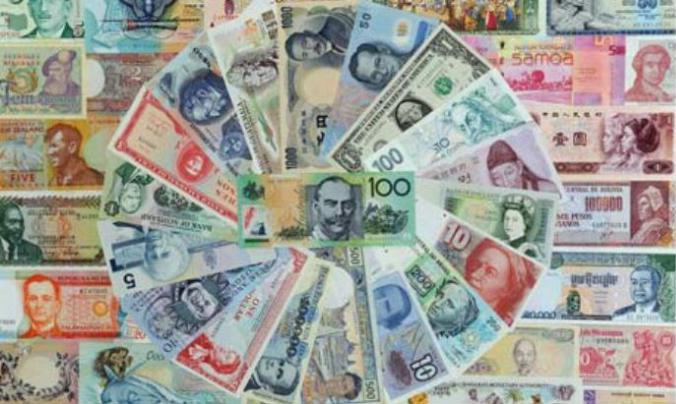Due to the instability of the economic system and the constant fluctuation of exchange rates, the so-called currency clause in an agreement or contract has been appearing more and more often lately. To make the right decisions and to avoid future losses, company directors should have a clear idea of what it is, how it works, and what exactly should be paid attention to.

The essence of the concept
The term "currency clause" is used to indicate the section of the contract or contract, which refers to the linking of the payment amount (cost, price) in one currency to another currency. For example, the renminbi to the dollar or the ruble to the euro. Such a measure is insurance against losses that may occur in case of fluctuations in the rates, if the activity of the enterprise substantially depends on it.

Kinds
A currency clause can be of several types:
- Straight. It is used when the monetary units established for both determining the value and making the payment coincide. In this case, for the convenience of calculations, the concept of a currency clause is introduced, to which a reference is made in percentage terms.
- Indirect. It is usually used in cases where the payment currency and contract prices do not match. It means fixing the price of a product in a stable and reliable currency (for example, dollar or euro) to the one in which payment will be made (ruble).
- Multicurrency. This is the most difficult clause, which involves linking the value of the contract (price of a product or service) simultaneously to the exchange rate of several currencies.

Scope of application
The currency clause in the foreign economic contract is especially important, since the currency of the payment and the contract itself do not match. In this case, an indirect or multicurrency variety is most often used.
In addition, this section of the contracts is important for those companies whose activities are directly dependent on fluctuations in exchange rates on the world market and domestically. For example, if an enterprise produces goods for consumption on the domestic market of a country, and purchases raw materials for this on international markets or from foreign partners. With a sharp jump in exchange rates, such a company may suffer serious losses.
Legality
When composing any document, it is important to understand how legitimate its provisions will be. Section 317 The Civil Code of Russia clearly indicates that all payments and settlements on the territory should be made exclusively in rubles, therefore it is important to indicate in the contract that this requirement of the law is not violated and payment is made only in national currency (the exception is foreign economic contracts).
The provisions of the Central Bank allow you to include in the contract such a thing as a “currency clause”. Therefore, the presence of such a section does not contradict the current legislation.

Writing example
How to correctly set out the section “Currency clause” in the contract? Sample line statement:
«The unit price and the total value of the contract are set in Russian rubles. The reservation currency of this agreement is the United States dollar. If the exchange rate of the Russian ruble against the US dollar changes, the payment is made at the proportionally changed price on the day the payment is made ”.
An example of an indirect currency clause:
«The unit price and the total amount of the contract is set in US dollars. Payments under this agreement are made exclusively in Russian rubles.In case of a change in the exchange rate of the Russian ruble against the US dollar by more than 1%, the entire amount of the contract is subject to recalculation in proportion to the changes».
In practice, a multicurrency clause differs from direct and indirect in that it contains several currencies at once, as well as conditions for proportional recalculation of the value of the contract in accordance with changes in their rates in relation to each other.
These are examples of short spelling, but this section may also be supplemented by any other qualifying conditions. For example, a currency corridor can be established - the designation of the upper and lower limits of the rates that can be used to recalculate the value of the contract, or the exact dates when such a recalculation is made.
The question often arises as to whether a currency clause should be drawn up in a supply agreement by a supplementary agreement. A sample solution to this dispute is in the judicial practice of Russia. The arbitral tribunal, when considering a claim about the illegality of a currency clause, in connection with the absence of an additional agreement on a change in price, signed, took the side of the defendant. He decided that such a section of the contract itself already provides for changes in value, and its fixing in the main contract is the consent of the parties to such conditions and does not require the signing of any other documents.

Features
A currency clause can either act as insurance against fluctuations in exchange rates, or significantly change the value of the contract, causing losses to the company. In order to avoid negative consequences before signing the contract, you should carefully consider this item and calculate all possible price changes and their consequences for both parties.
If all currency fluctuations cannot be foreseen, and the total cost of the contract is high, then you should contact banks or insurance companies. These financial institutions will help calculate risks and suggest ways to mitigate them. It can be netting, hedging and other instruments.








